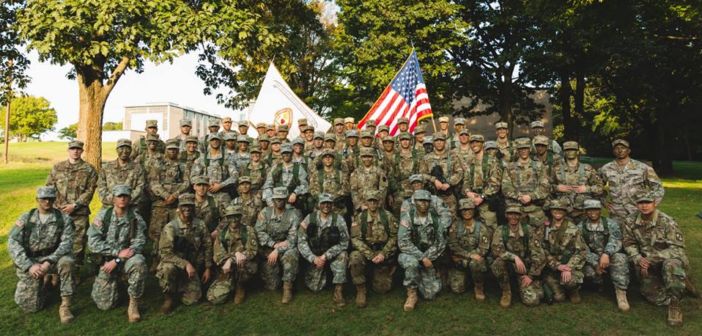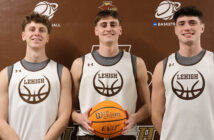Loyalty, duty, respect, selfless service, honor, integrity, and personal courage represent the core Army values.
These values guide the Reserve Officer Training Corps program, also known as ROTC, which is offered across 1,700 colleges and universities in the United States. ROTC is a national program that helps students, also referred to as cadets, get access to different branches of the United States Army while in school.
Prospective students must first get accepted to the university or college they applied to, and then can be accepted by the ROTC program.
Harry Harp, the recruiting operations officer for Lehigh’s ROTC program, said to enter ROTC, students must qualify to join the program by passing academic standards, physical examinations, background checks and citizenship requirements.
Harp said the majority of cadets training at Lehigh are on full scholarship. The Army pays tuition fees while some schools, like Lehigh, will also pay room and board for their ROTC students.
To remain in the program, students must maintain a 3.0 average GPA in their military courses, as well as a 2.5 average GPA in their university courses. Lehigh’s program trains students along with students from surrounding colleges, including all LVAIC schools.
Major John Abella of the Lehigh ROTC program said when cadets become juniors, they pick five out of 15 branches and rank them in the order in which they would prefer to join. Then, based on the individual’s scores and performance throughout their time in the program, the student is accepted into one of their top choices. Aviation and infantry are two of the more popular branches that ROTC students choose, Abella said.
Abella said cadets are required to participate in physical training three times a week as well as attend military lab sessions. Physical training and military labs allow ROTC students to apply what they learn in courses outside of the classroom.
A military lab class could be, for example, a land navigation exercise to find one’s way in an austere environment. Cadets are expected to use only a map and compass, all while engaging in a cadet chain of command and following specific procedures.
“The beauty of college ROTC is that you have that balance between a college life, serving toward a goal of being a commission officer and then at the end of the day for us it is all about leadership,” Abella said.
Abella said the program emphasizes learning leadership abilities and creating critical thinkers.
Keegan Coffield, ’20, a cadet enrolled at DeSales University who trains at Lehigh, said his routine on Mondays, Wednesdays and Fridays is intense.
“We’ll wake up around 5:15 a.m., be at Rauch Fieldhouse by 5:45 a.m. then we’ll kick off our workout around 6:00 a.m,” Coffield said.






Comment policy
Comments posted to The Brown and White website are reviewed by a moderator before being approved. Incendiary speech or harassing language, including comments targeted at individuals, may be deemed unacceptable and not published. Spam and other soliciting will also be declined.
The Brown and White also reserves the right to not publish entirely anonymous comments.